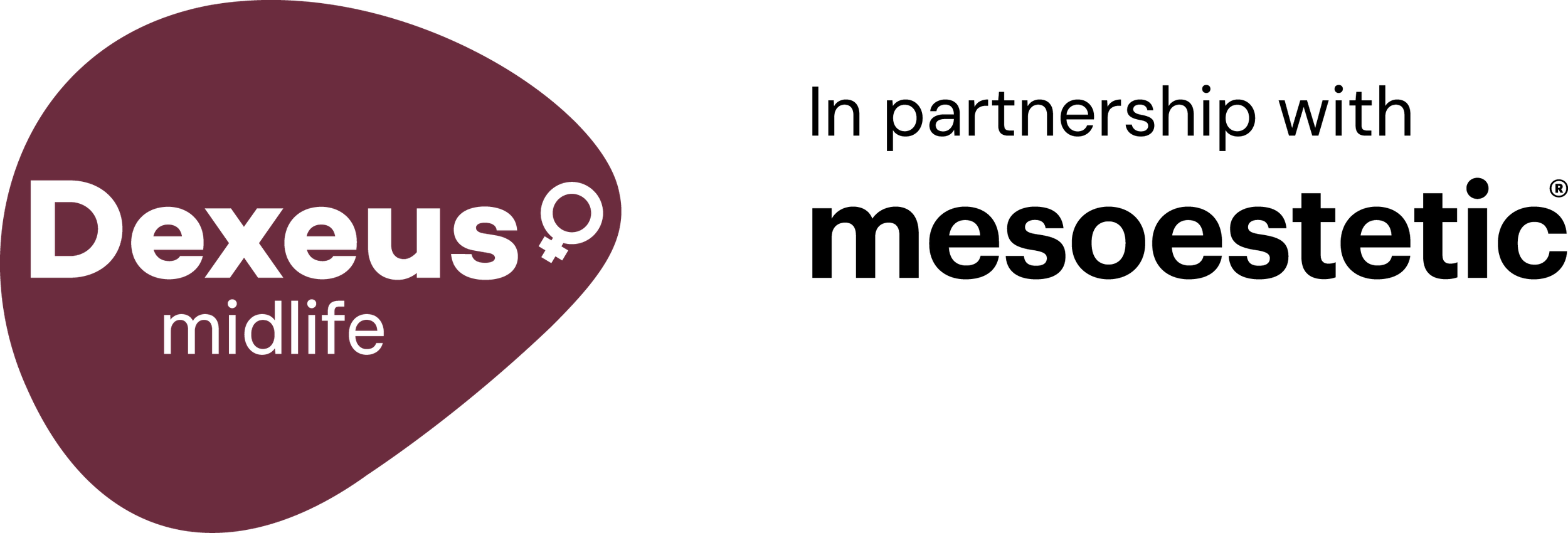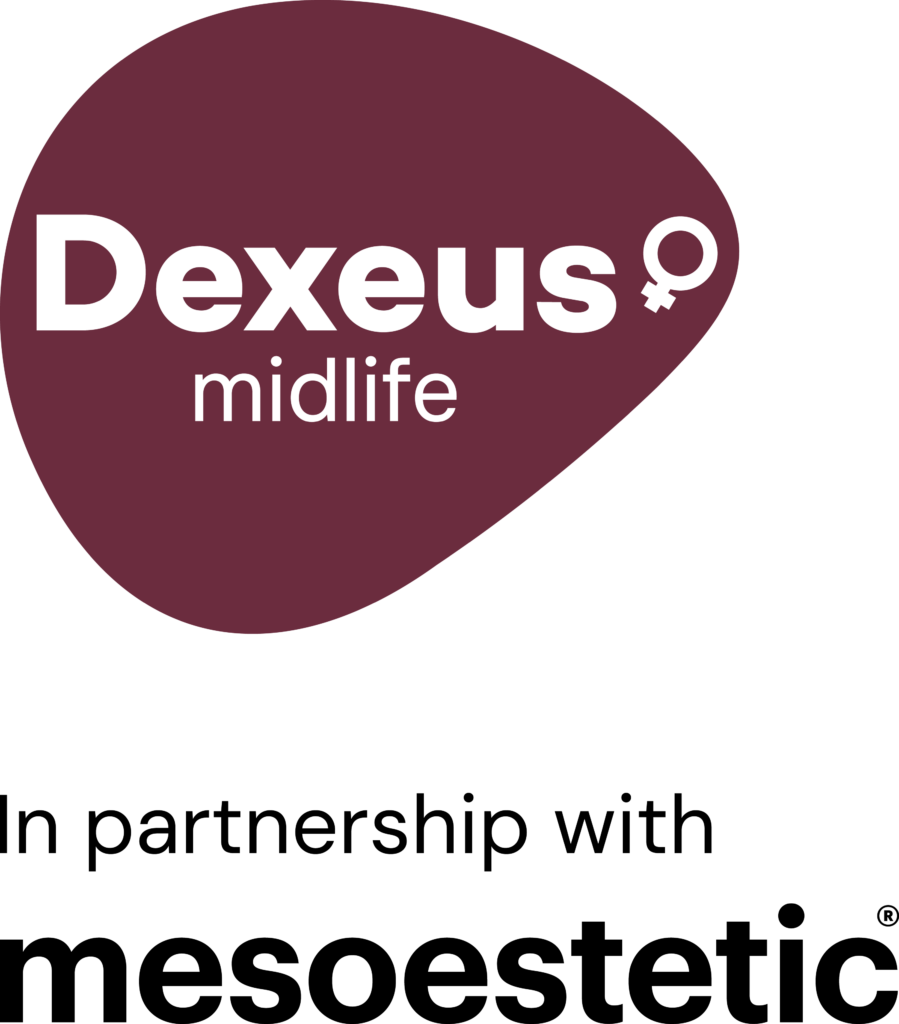At our clinic we provide you with a wide range of cosmetic medicine treatments, using specific techniques such as radiofrequency. This is a non-invasive, painless procedure that uses high-frequency electromagnetic waves to improve the appearance of skin. By applying these waves, there is an increase in temperature in the different layers of the skin, thus stimulating the formation of collagen and elastin, regenerating the skin, and combating excess fat or signs of ageing.
Radiofrequency treatment has 2 phases: stimulation and contribution.
The stimulation phase consists of 3 types of radiofrequency:
- Capacitive radiofrequency with LED: it acts at the cellular level without increasing temperature. The high-intensity red LED stimulates synthesis and prevents the degradation of collagen and elastin.
- Capacitive radiofrequency: it increases the temperature of the top and middle layers of the skin, causing an increase in the synthesis of collagen, elastin and reticulin, as well as restructuring and redensifying tissue.
- Resistive radiofrequency: it increases the temperature of the skin’s deepest layers, favouring reduction of localised fat and producing a draining and venotonic action.
The contribution phase consists of applying a smart transdermal delivery. This technology allows the maximum penetration of topical products.
There is facial and body radiofrequency; applicable on arms, abdomen, buttocks, legs and breasts.
Radiofrequency is adapted to the individual needs of each person. In cosmetic medicine, this technique is used to treat ageing in early stages, both at face and body level. However, in more advanced cases of ageing, it can be combined with other treatments to obtain better results.
What it is
- Personalised diagnosis
The treatment programme is chosen with an individualised diagnosis for each patient.
- Sessions
1 weekly session for 50 minutes.
- Duration
The duration of treatment varies depending on the patient’s progress.
- Recovery
It is a non-invasive treatment and skin reactions disappear in a few days.
Who is the treatment intended for?
- Radiofrequency treatment is suitable for all types of skin.
- Some of the aesthetic benefits that can be achieved are:
- Tightens and redefines the facial oval.
- Improves expression wrinkles on the forehead and eye contour area.
- Increases hydration and radiance.
- Improves texture and refines the skin surface.
- Combats neck sagging and double chin.
- Has a reshaping, draining, and lipolytic effect, and activates microcirculation in the body.
Expected outcome
Considerations to be taken into account
- Radiofrequency is a technique that is safe and offers many aesthetic benefits. However, during treatment sessions, the following skin reactions can occur, which usually disappear in a few days:
- Redness.
- Slight discomfort (very rare).
- Feeling hot.
FAQs
How many radiofrequency sessions are required?
The number of radio frequency sessions required varies according to each person and their specific needs. An initial treatment followed by follow-up sessions is usually recommended to prolong the results.
How long does each radiofrequency session last?
The duration of each radiofrequency session depends on the area of the body to be treated. For example, for facial radiofrequency, sessions last between 30 and 60 minutes. For body sessions, however, the time may vary between 60 and 90 minutes.
Is radiofrequency treatment painful?
Radiofrequency is usually a comfortable and well-tolerated treatment for most people. ou may experience a feeling of heat or slight tingling during the procedure, but it should not be painful.
When can the results of radiofrequency be seen?
Radiofrequency results are usually progressive and can be observed immediately or after a few weeks or months after treatment. It will all depend on the problems we are dealing with; for example, the production of collagen and elastin improves over time, thus achieving firmer and more elastic skin.
Can anyone undergo a radiofrequency session?
Radiofrequency is safe and effective for most people. However, this treatment is not recommended for certain medical conditions. For example, if you have heart disease, clotting disorders or uncontrolled diabetes, it is important to avoid this treatment. In addition, pregnant or breastfeeding women should refrain from receiving this treatment. In these cases, it is important to consult the professional before considering radiofrequency as a treatment option.
Discover the experiences of our patients
I recommend it 100%
“Lorem ipsum dolor sit amet, consectetur adipiscing elit. Curabitur consectetur euismod tellus, vel pretium nulla. Vestibulum lobortis venenatis erat vel rhoncus. Phasellus volutpat tortor vitae nisl pharetra tristique. Sed ac nisi congue, posuere felis tincidunt, consequat risus. “
Carmen Rodríguez, Barcelona
Related treatments
Chemical pee
Chemical pee
Skin renews itself every 28 days. However, over time, this process slows down. To rejuvenate their face, many people opt...
Read moreMicroneedling
Microneedling
Microneedling has been referred to for several years as one of the most effective minimally invasive techniques for treating cosmetic...
Read moreTopical treatments
Topical treatments
Over time, a series of changes occur in both the skin and body; such as loss of hydration and radiance,...
Read more
